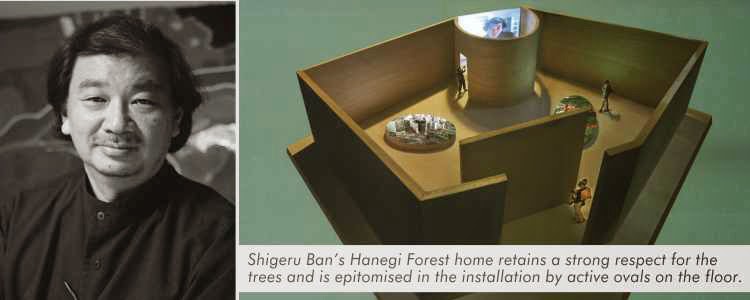WHERE ARCHITECTS LIVE - Part 4

This is part 4 of a 4-post series. See the previous posts here: 1 , 2 , 3 Daniel Libeskind's installation of his New York home stood out amongst the lot. Red walls, cut off spaces, recessed screens showing caricatures, images and videos of his memories and the cultural idioms that made him. Of his installation, he writes: “For me, to 'live' is living in the cross-section of thememory of places”. But what does home mean to him? "Home is more than just an abstraction, it's the streets, the neighbourhood, the people," he says. "Architecture contributes to making people feel happy or depressed... There is nothing banal in our lives, not even those gestures that seem unconscious." When I walked into Mario Bellini's installation of his 19th century Milan house, I was accosted by impossible scale. Built within the little area was a massive shelving system that supported a staircase. Atop the stairs, you looked down onto images of the eleme











